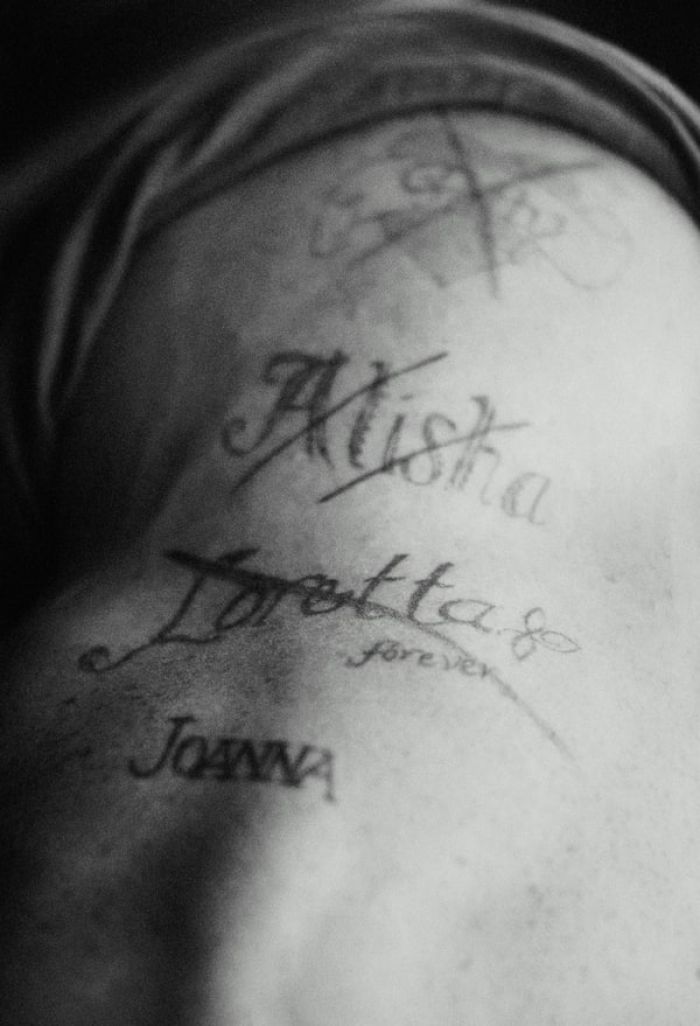How to Fix a Bad Tattoo
Most tattoos come with a story. If yours is, “I’m not sure what I was thinking,” you’re not alone.
Cover-ups account for at least half of the tattoos at Leathernecks Tattoo in Brooklyn, New York, says owner Kenneth “K-Bar” Restrepo. Not surprisingly, names of exes are among the biggest offenders. (“In the industry, it’s almost like a jinx,” says Restrepo.) Cheap tattoos — typically the work of an apprentice, or an enterprising hustler with minimal talent — are a close second on the list of regrettable ink.
RELATED: The Golden Age of Tattoo Art
If your tattoo has outlasted the passion that inspired it (relationship or otherwise), worry not. Restrepo insists that big mistakes can be transformed into “big beauty,” but there are a few things you need to know before going under the needle again.
Old Ink Can Be Better
“It’s easier to cover an older tattoo,” says Restrepo. “The ink tends to settle into your skin after some time. And if you did them a while ago, the quality of ink has changed.” Good news for that shaky Mets logo from eleventh grade.
Lettering and color tattoos, as opposed to those with lots of black ink, are also easier to work with. Things get trickier when you’re dealing with tribal tattoos designed with thick black lines, or something like a full sleeve where the sheer size presents a challenge. In those cases, the artist may recommend laser tattoo lightening as a precursor.
ALSO: 6 Good Reasons to Finally Get That Tattoo
Figure Out What You Really Want
Most tattoo artists do cover-ups, so do some research and find someone whose artwork you admire. Just leave the logistics to the pros. “They often come in thinking, ‘Okay, I have circular tattoo, maybe you can do a black sun. I have lettering, so maybe I can do bigger lettering,’ ” says Restrepo. “They should come in with what they actually want. Give me a subject, and it’s my job to make sure it works.”
Be Prepared to Go Bigger
A good cover-up requires a bigger investment of time, money, and skin. It will almost always be larger than the original tattoo, so be prepared to fully commit to your new piece. In addition to covering more real estate, cover-ups often require multiple sessions. “You have to let the new ink settle and see what comes through,” says Restrepo. The artist is also likely to be more strict with their hourly rate or even charge a premium, since cover-ups come with additional baggage. “It definitely will be more money,” says Restrepo. But resist the temptation to work with someone just because they offer you a deal. “Ninety percent of the time, if the guy’s willing to give you a bargain, it’s because he’s not busy.” You came in with one mistake — you don’t want to leave with another.
The Total Removal Route
Rather pretend the whole thing never existed? Laser tattoo removal is available through some doctors’ offices and certified technicians. However, results are largely dependent on the tattoo, skin tone, and the rate at which a person’s body heals.
“The laser breaks down the ink so your body can remove it,” explains Michael Downing of Tataway, a Boston-based tattoo removal and lightening company. “So some individuals are going to work better with their body carrying away those heavy metals and composites and plastics and non-organic materials that are inside of tattoo inks.” The bigger and more saturated the tattoo, the more sessions you’re going to require.
The good news is that you’ll spend far less time fixing your mistake than you did making it. Downing says he can treat between six and eight square inches of skin in around 90 seconds. Cost and the number of sessions required vary from person to person (a treatment for a small tattoo can start around $100, and prices go up from there), but one factor is consistent.
“It definitely hurts,” says Downing. He compares the sensation to repeatedly snapping a rubber band against your skin. Unpleasant — but perhaps not nearly as much as living out your days with “Jessica 4Ever.”
